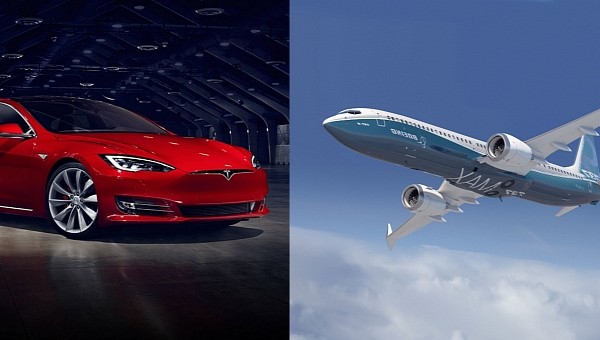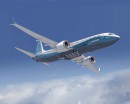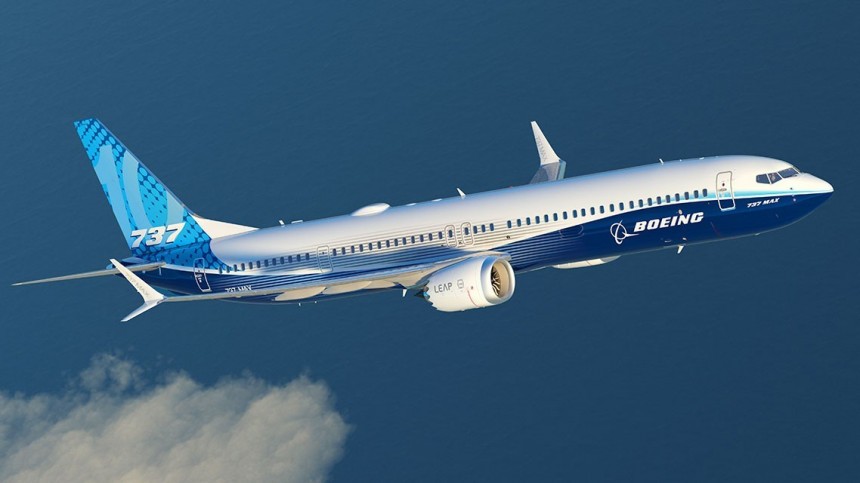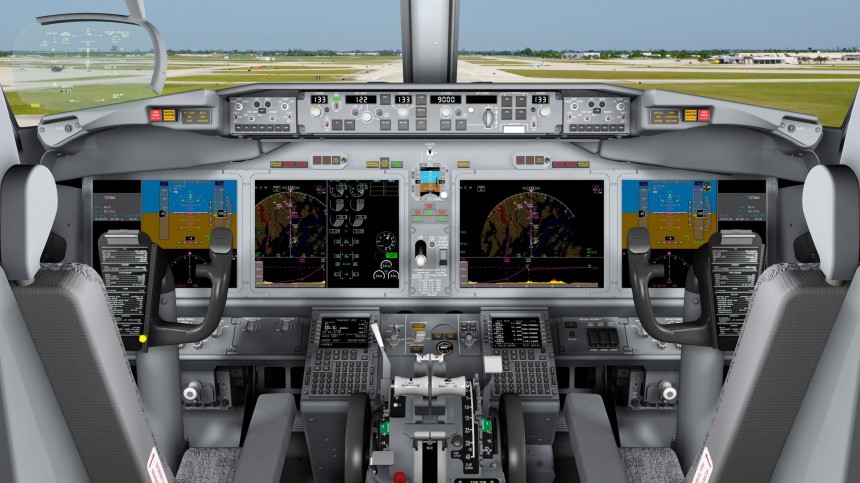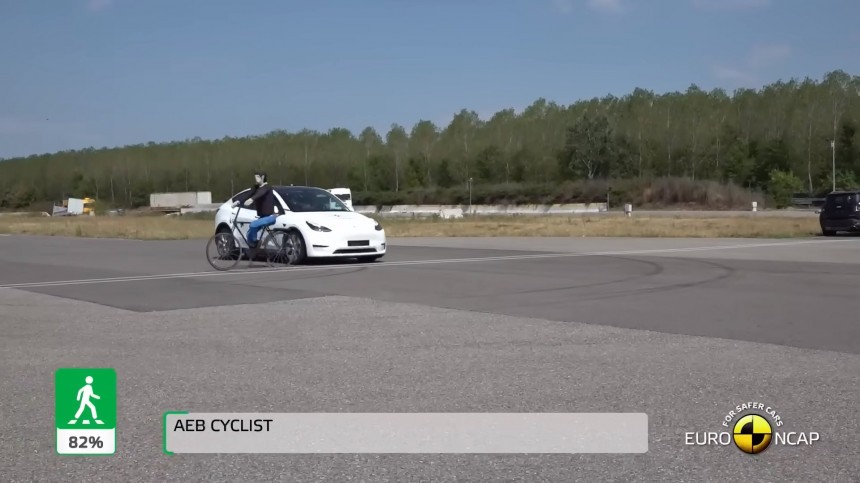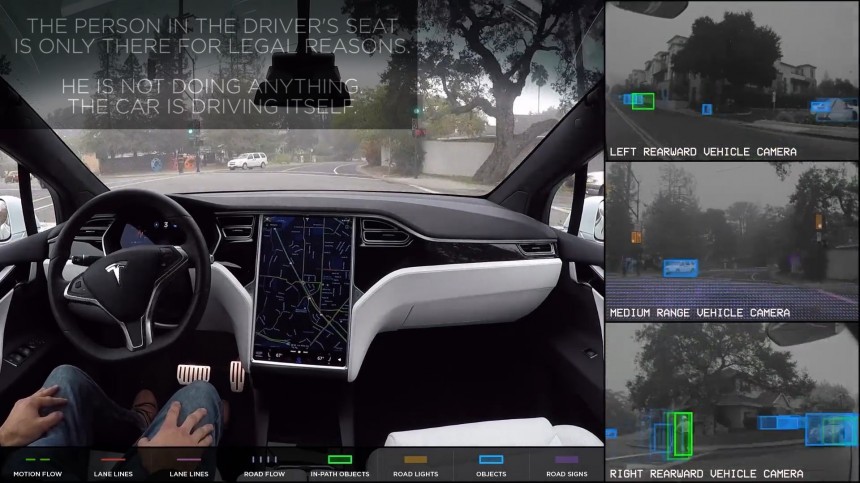Back in the mid-1980s, a radiation treatment machine called Therac-25 was fresh on the scene in North American hospitals. It was a device touted as treating multiple forms of cancer by wirelessly beaming medical doses of radiation to target areas painlessly, at least in theory.
Imagine everybody's surprise when the machine started irradiating patients to the point of boring holes through their bodies. The reason for this horrific and deadly series of events? A little-noticed software glitch was turning therapeutic radiation levels into doses that made the Chornobyl liquidator squadron's job look like a walk in the park. It was all because lines of code had been cheaply implemented to do the job dedicated silicone chips should have handled.
This is difficult to do in detail without a degree in computer science. But the principles of it all are easy to understand. Computer hardware, i.e., dedicated microprocessors optimized for different yet vital calculations, are the physical nuts and bolts of any computer. Modern microchips with micro-sized transistors and logic gates consolidate hundreds of millions, if not billions, of transistors into processor architectures of ever-shrinking nanometers.
Anyone who knows the horrors of the recent microchip shortage, which isn't exactly over yet, knows how expensive and scarce high-quality chip hardware can be. Compared to the present day, the reasons why microchips were so expensive are drastically different than in the 1980s. It's certainly more of a problem with supply chains not keeping up than a lack of ability to fabricate anything better. But what happens when engineers cheap out and dedicate lines of code (software) to do vitally important tasks isn't much different at all.
This brings us back to Boeing and Tesla. Over the last few years, the two companies have been continuously grilled in the media for their questionable over-reliance on computer software. With regard to the 737 MAX fiasco, there's not even any debate around the subject. The twin crashes of Lion Air Flight 610 and Ethiopian Airlines Flight 302 were so profound, not just because they occurred so close together.
But cutting corners by programming software to compensate for flight adjustments made by the 737 MAX's new engines was an oversight few in the industry could have anticipated. The software in question, the Maneuvering Characteristics Augmentation System (MCAS), was programmed to ensure the 737 MAX didn't enter too steep of a climb during takeoff.
The reason for the MCAS's existence was a fear the 737 MAX's twin CFM International LEAP-1B turbofan engines altered its center of mass and center of gravity to the point the nose of the airplane would reach a dangerous angle on takeoff. Instead of dedicating more powerful sensor hardware sensors to detecting when these pitch angles became dangerous, the MCAS software performed the same function at a reduced manufacturing and maintenance cost.
When the MCAS software glitched on two separate occasions, it essentially executed a command where the MCAS would override the inputs of the 737 MAX's pilots, forcing the aircraft's nose downward. Like an Xbox controller with the left joystick held in the down position by a rubber band, the pilots were helpless to keep their airplanes out of a screaming power dive into the sea.
In short, the NTSB had grounds to believe Boeing was more or less aware that dedicated hardware would have been better at compensating for new flight dynamics brought on by new engines. Even so, Boeing opted for the considerably cheaper option to code the problem out of existence. Could dedicated MCAS hardware have prevented these twin disasters? There are certainly those who believe that's the case.
Speaking of software, no automotive company's come under more scrutiny for their software recently than Tesla. As far back as 2016, doubts about the validity of test footage from their novel Autopilot autonomous driving software plagued coverage surrounding the brand. Further question marks flew when the software was introduced to the public in its "beta" stage as if it were a video game or something.
Worse still, red flags abounded Tesla's Autopilot computer for not featuring light detection and ranging (LiDAR) capability. LiDAR has long been a stalwart feature of non-Tesla brands like Waymo, Ouster, and the recently deceased Argo AI. Its stark absence from Tesla's systems when a slew of accidents purported to be related to the Autopilot software rushed in sparked outrage among Tesla's critics.
Of course, it's not like comparing Boeing to Tesla is an apples-to-apples affair. The deadliest factor behind Tesla Autopilot deaths is often overconfidence in the technology on the part of distracted drivers, not so with 737 MAX pilots with years of training under their belts. But it seems both companies couldn't maintain that key balance between software and hardware at points in the past.
We'd like to end with another anecdote about the Therac-25 radiation machine. Only after the machine started melting people's organs with radiation was it found that Atomic Energy of Canada Limited (AECL) was aware of potential malfunctions with its software. Dubbed Malfunction 54 by the device's software, it was already too late to save multiple cancer patients from an agonizing demise at its hands.
Even so, the Therac-25 machine was allowed to go into production, with doctors being none the wiser. Does that sound familiar to anything we just told you? It should be if you were paying attention. Not to look down on the painstakingly difficult job of computer engineers, but there's no doubt the consequences are sickening when things go wrong.
Whether on an airliner, driving a car, or in a hospital, it's all no less critical. Now then, can we please get cracking on building those new chip fabs, please? It's not like this problem is going to solve itself.
Check back soon for more editorial hot takes here on autoevolution.
Software vs. Hardware: Why it matters
What does any of this have to do with cars, trucks, and airplanes? A lot more than you might think, as it turns out. We're looking at you, Boeing, and Tesla. But to understand the problem in the first place, we need to understand the delicate balance between computer hardware and software.This is difficult to do in detail without a degree in computer science. But the principles of it all are easy to understand. Computer hardware, i.e., dedicated microprocessors optimized for different yet vital calculations, are the physical nuts and bolts of any computer. Modern microchips with micro-sized transistors and logic gates consolidate hundreds of millions, if not billions, of transistors into processor architectures of ever-shrinking nanometers.
Anyone who knows the horrors of the recent microchip shortage, which isn't exactly over yet, knows how expensive and scarce high-quality chip hardware can be. Compared to the present day, the reasons why microchips were so expensive are drastically different than in the 1980s. It's certainly more of a problem with supply chains not keeping up than a lack of ability to fabricate anything better. But what happens when engineers cheap out and dedicate lines of code (software) to do vitally important tasks isn't much different at all.
A savage blow to Boeing and the industry
Beyond the initial shock, subsequent investigations found that Boeing's feverish development to bring the 737 MAX to market as quickly as possible led to oversights quite unlike what their reputation would dictate. It's no secret that Airbus and their A320neo twin-jet threatened to turn the tables in Airbus's favor in the event it had a better first impression in the market than the competing 737 MAX.But cutting corners by programming software to compensate for flight adjustments made by the 737 MAX's new engines was an oversight few in the industry could have anticipated. The software in question, the Maneuvering Characteristics Augmentation System (MCAS), was programmed to ensure the 737 MAX didn't enter too steep of a climb during takeoff.
The reason for the MCAS's existence was a fear the 737 MAX's twin CFM International LEAP-1B turbofan engines altered its center of mass and center of gravity to the point the nose of the airplane would reach a dangerous angle on takeoff. Instead of dedicating more powerful sensor hardware sensors to detecting when these pitch angles became dangerous, the MCAS software performed the same function at a reduced manufacturing and maintenance cost.
An investigation reveals all
A subsequent investigation by the American NTSB found that "Boeing used in its functional hazard assessment of uncommanded MCAS function for the 737 MAX did not adequately consider and account for the impact that multiple flight deck alerts and indications could have on pilots' responses to the hazard" on page eight of a 13-page indictment of Boeing's software quality assurance.In short, the NTSB had grounds to believe Boeing was more or less aware that dedicated hardware would have been better at compensating for new flight dynamics brought on by new engines. Even so, Boeing opted for the considerably cheaper option to code the problem out of existence. Could dedicated MCAS hardware have prevented these twin disasters? There are certainly those who believe that's the case.
Speaking of software, no automotive company's come under more scrutiny for their software recently than Tesla. As far back as 2016, doubts about the validity of test footage from their novel Autopilot autonomous driving software plagued coverage surrounding the brand. Further question marks flew when the software was introduced to the public in its "beta" stage as if it were a video game or something.
Elon Musk's biggest gamble
Unlike Boeing, who's still known for making some of the best flight hardware around, Tesla didn't have the benefit of this reputation. Be it the MCUv1 computer unit which refused to play nice with Tesla software, or the HW2.5 Autopilot computer with its chronic lack of LiDAR. It's led to a situation where even if Autopilot isn't to blame for certain individual accidents, adding to the fatality list while behind the wheel of a Tesla can only be a net negative with all the extra baggage.Of course, it's not like comparing Boeing to Tesla is an apples-to-apples affair. The deadliest factor behind Tesla Autopilot deaths is often overconfidence in the technology on the part of distracted drivers, not so with 737 MAX pilots with years of training under their belts. But it seems both companies couldn't maintain that key balance between software and hardware at points in the past.
We'd like to end with another anecdote about the Therac-25 radiation machine. Only after the machine started melting people's organs with radiation was it found that Atomic Energy of Canada Limited (AECL) was aware of potential malfunctions with its software. Dubbed Malfunction 54 by the device's software, it was already too late to save multiple cancer patients from an agonizing demise at its hands.
Whether on an airliner, driving a car, or in a hospital, it's all no less critical. Now then, can we please get cracking on building those new chip fabs, please? It's not like this problem is going to solve itself.
Check back soon for more editorial hot takes here on autoevolution.
